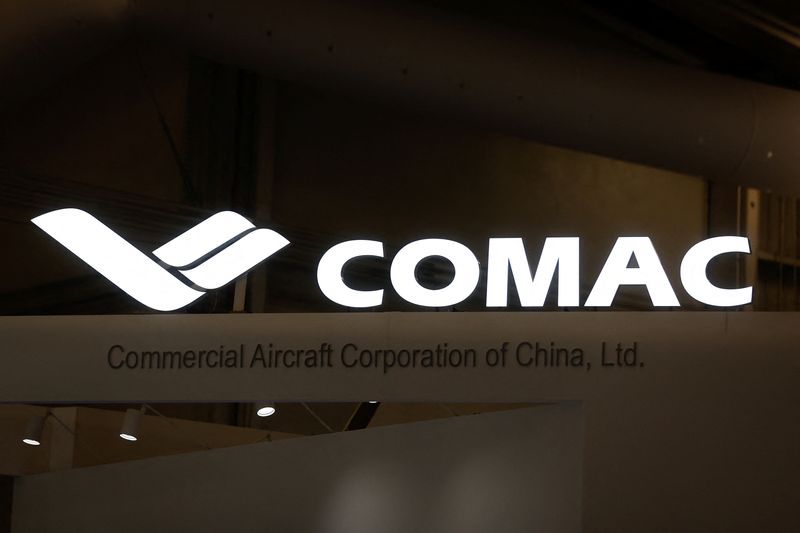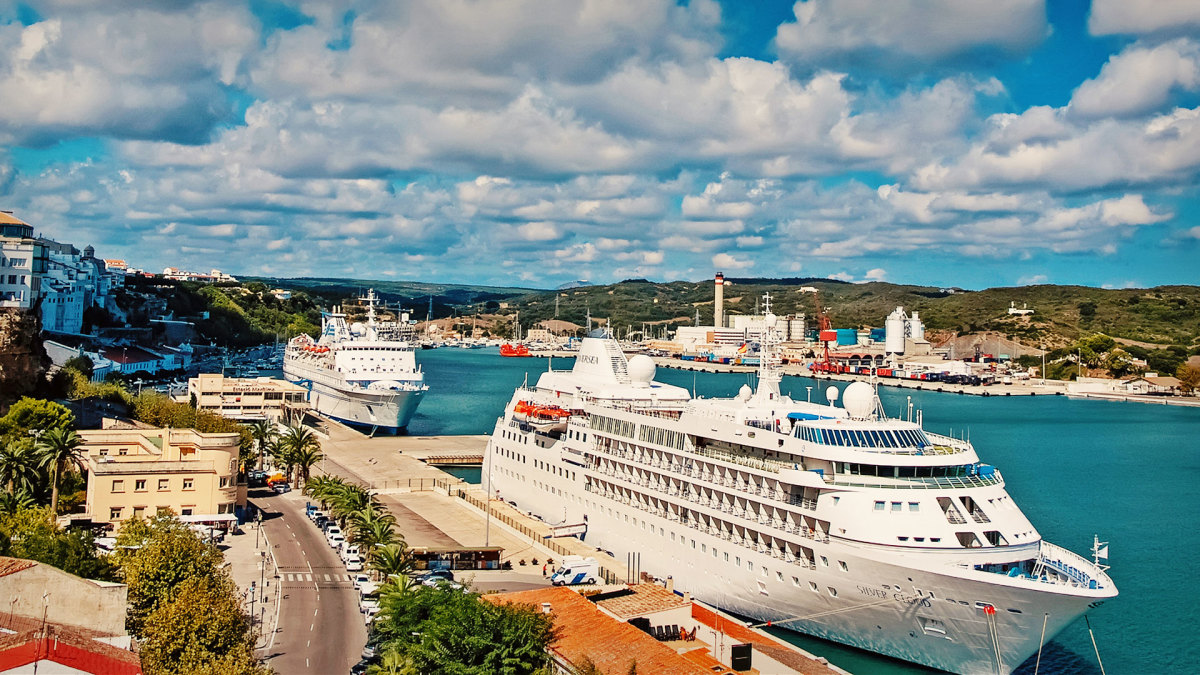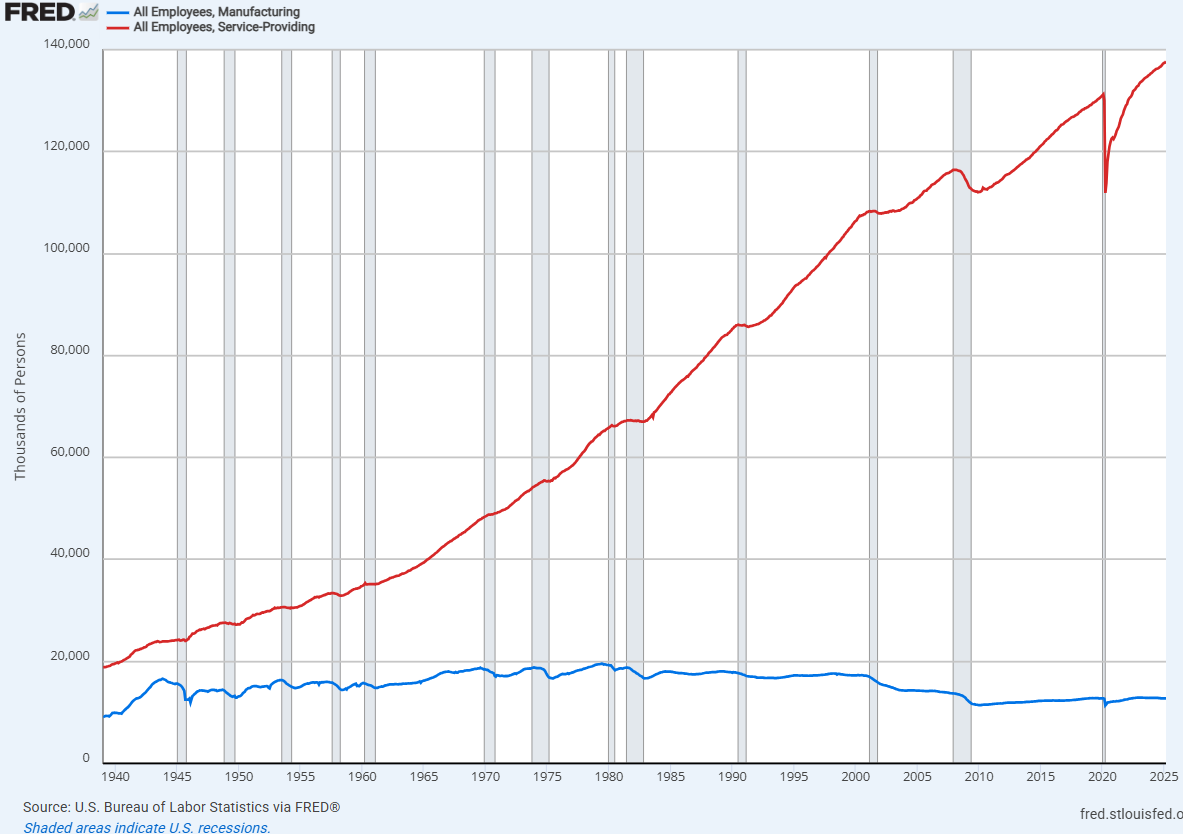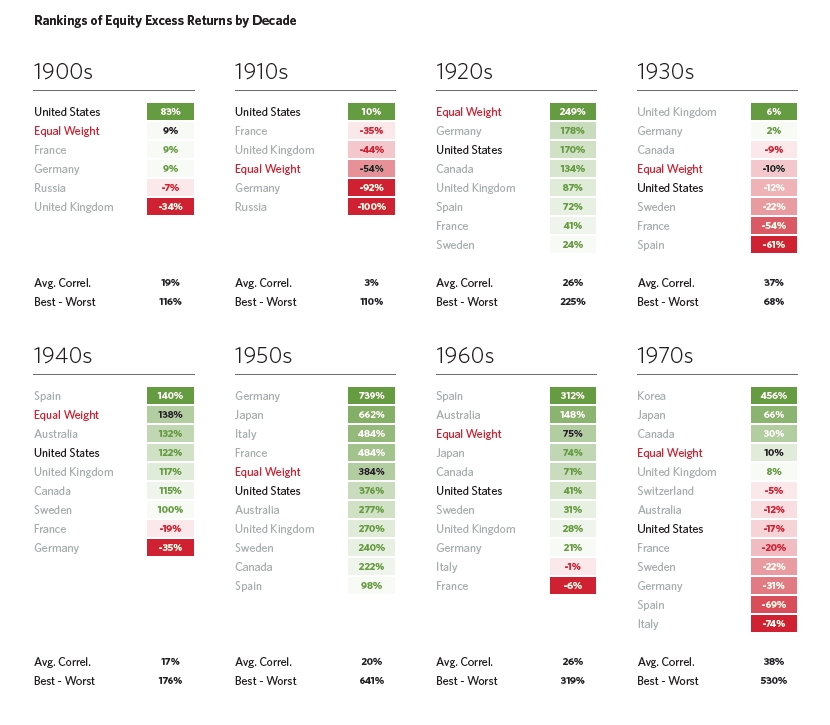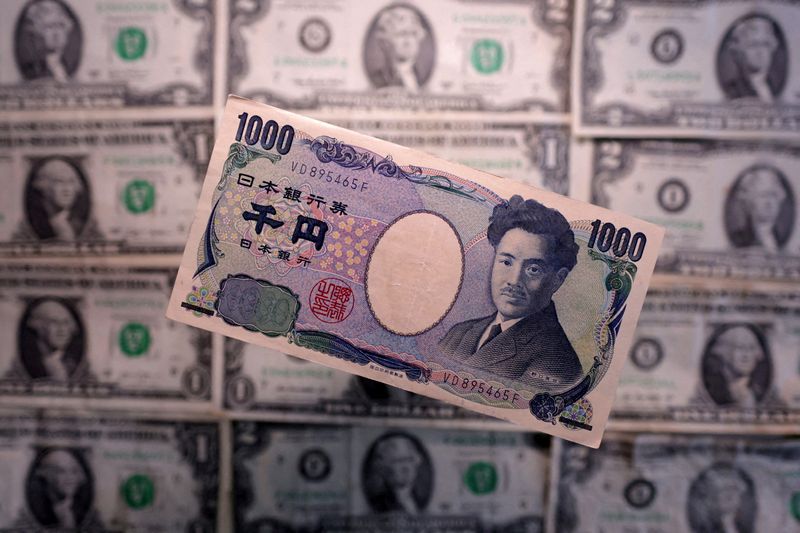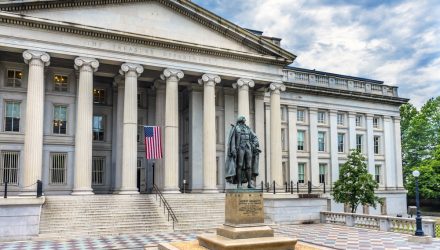The Most Costly Construction Mistakes in History
As mankind progressed into the 20th century and onward, so did the height and grandiosity of its structures. With advances in construction techniques and technology, buildings and structures entered into a veritable arms race over which could be the biggest, longest, and most ostentatious. While most massive buildings are conceived, built, and opened without issue, […] The post The Most Costly Construction Mistakes in History appeared first on 24/7 Wall St..
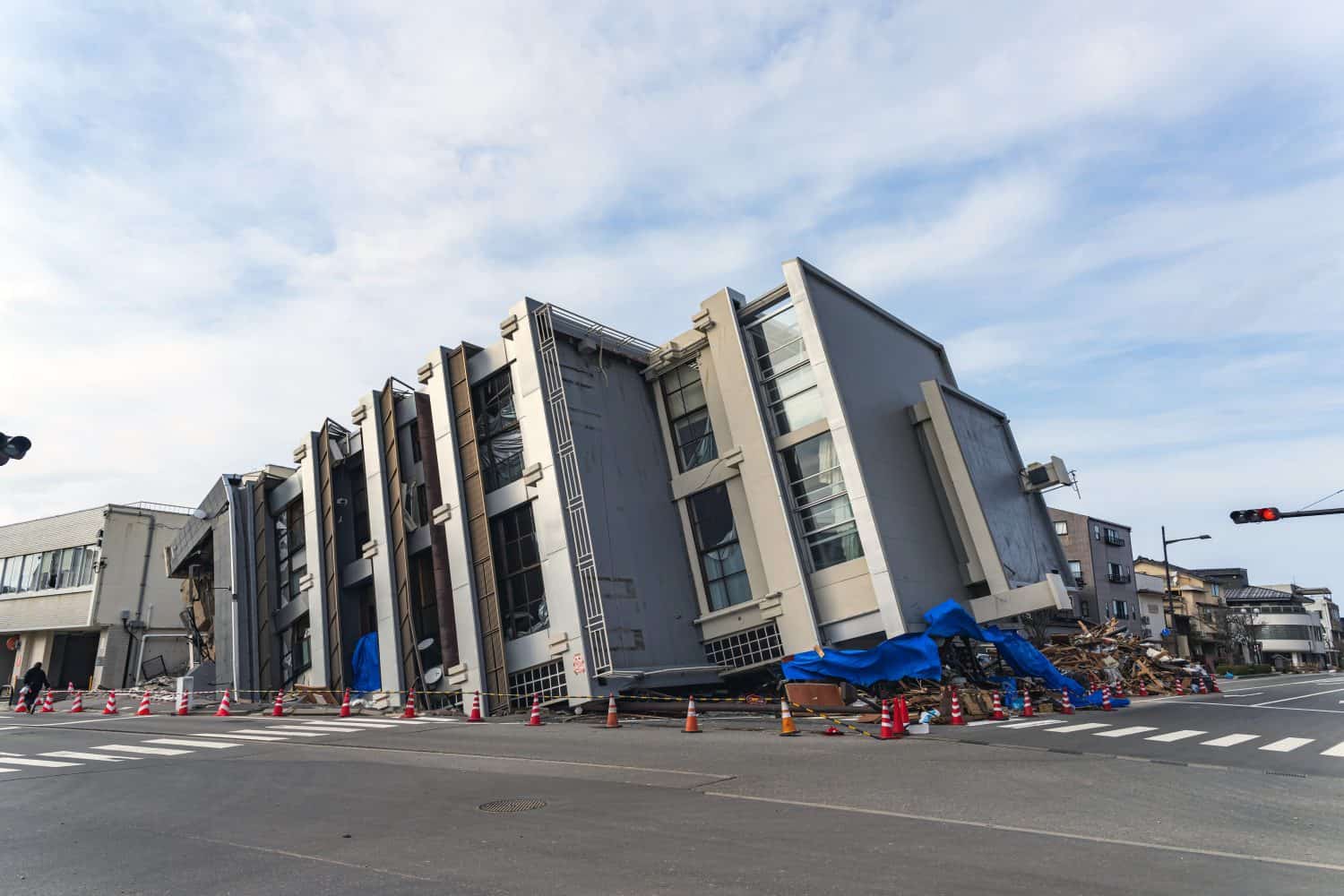
As mankind progressed into the 20th century and onward, so did the height and grandiosity of its structures. With advances in construction techniques and technology, buildings and structures entered into a veritable arms race over which could be the biggest, longest, and most ostentatious. While most massive buildings are conceived, built, and opened without issue, just as many are beset by mistakes. Sometimes, these result in the most costly construction mistakes in history.
A look at this list suggests hubris is the operative word. Several skyscrapers prioritized flashy design over structural safety, resulting in massive reconstruction costs, deep-set damage, and even death or injury to unlucky people in their vicinity. Some construction mistakes, like the Tacoma Narrows Bridge, ended up serving as landmark examples of physics problems. Whatever the case, several structures serve as examples of what not to do. Let’s take a look at the most costly construction mistakes in history.
Key Points
-
- The Tacoma Narrows Bridge collapsed due to mechanical resonance problems, causing it to sway vertically.
- Ryungyong Hotel in North Korea cost nearly a billion dollars to build but remains unfinished and uninhabited.
- Rafael Viñoly designed the Vdara Hotel & Spa and the Fenchurch Building. Both features windows that burned.
- The Sydney Opera House is a true landmark and a landmark of design and construction failure.
- Victims of the Champlain Towers collapse received over $1 billion in settlements.
-
Retiring early is possible, and may be easier than you think. Click here now to see if you’re ahead, or behind. (Sponsor)
Tacoma Narrows Bridge

Shortly after construction began on the Tacoma Narrows Bridge in 1939, workers noticed that something was amiss. The bridge’s deck swayed vertically in windy conditions, leading the crew to nickname it ‘Galloping Gertie.’ Though several damping measures were put in place to prevent further swaying, it was of no use. On November 7, 1940, the main span of the Tacoma Narrows Bridge collapsed, killing a dog and injuring several people in the vicinity.
To build the bridge before its collapse cost nearly $1 billion in today’s money, but it only lasted four months. It cost several more million dollars to build a new bridge in its place. Even today, the Tacoma Narrows Bridge serves as an example in physics textbooks about the effects of mechanical resonance. While the cause of the collapse is a little more nuanced, this costly construction mistake influenced the design of many bridges that came after.
Aon Center

Also known as the Standard Oil Building, the Aon Center is one of the tallest buildings on the Chicago skyline. Comprised of 83 floors reaching 1,136 feet in height, the Aon Center was once the tallest tower in Chicago (before it was eclipsed by the Sears Tower). It’s an impressive, intimidating building, but it suffered problems quickly.
It was the world’s tallest marble-clad building, combining a whopping 43,000 slabs of Italian Carrara marble. The problem, however, was that the marble was too thin. Before construction was finished, a massive 350-pound marble slab fell off and crashed into the nearby Prudential Center. A decade later, inspections uncovered serious cracks and bowing within the marble cladding. In the early nineties, workers refaced the entire building with white granite to prevent further problems. This cost a total of $80 million.
The Hancock

Sometimes an architect’s vision does not gel with the restraints of engineering. Take the John Hancock Tower in Boston. Designed with an impressive, minimalist approach, the tower faced problems from the get-go. Walls warped, and the foundation shifted in the Back Bay mud, damaging nearby buildings and utility lines.
Once the building was finished, however, more problems surfaced. The innovative blue reflective glass used for its windows gave way, and entire windowpanes crashed into the sidewalk below. They were so unstable that the police cordoned off the area anytime wind speeds exceeded 45 miles per hour. To make matters worse, occupants on the upper floors got motion sickness when the building swayed. With a lawsuit from neighboring Trinity Church, constant fixes, and redesigns, the Hancock Tower’s construction mistakes and subsequent repairs cost hundreds of millions of dollars.
Leaning Tower of Pisa

No building has embraced its shaky foundation and reputation quite like the Leaning Tower of Pisa. Construction began on the tower in the 12th century, but it quickly faced major problems. The ground beneath the tower was unstable. As the tower grew, the ground became increasingly unstable. Such became its reputation upon completion in the 14th century.
As the centuries progressed, several attempts at rectifying the lean proved failures. It took until 2001 for construction crews to successfully prop the leaning tower up a bit (reducing its tilt to 3.97 degrees). Nevertheless, this modification cost $30 million and took nearly a decade. There’s no telling how much more money was sunk into its shaky ground over the centuries. But Pisa has embraced its landmark, attracting millions of tourists per year, specifically for its leaning.
Ryugyong Hotel

No structure in the world is quite as mighty and problematic as the Ryugyong Hotel in Pyongyang, North Korea. The idea was conceived as a response to the then-tallest hotel in the world in Singapore (designed by the South Korean firm SsangYong Group). Construction on the Ryugyong started in 1987 but was halted in 1992 when North Korea entered an economic crisis.
It sat unfinished for another 16 years. In 2008, construction resumed before finishing the exterior in 2011. Plans to open the building were announced, but nothing ever came of it. It still stands empty and ghostly, greatly surpassing the rest of Pyongyang’s skyline. Numbers are hard to come by when it comes to the Hermit Kingdom, but a Japanese newspaper estimated the Ryugyong Hotel cost $750 million to build.
Vdara Hotel & Spa

The Las Vegas strip is dotted with dozens of fancy, ostentatious hotels like the Vdara Hotel & Spa. Created as a combined effort between MGM Resorts International and Dubai World, the Vdara featured 1,495 suites amid 57 floors and opened to the public on December 2, 2009. Even before construction was completed, however, experts discovered a design flaw.
The concave surface of Vdara’s south tower, combined with its reflective surface, created a dangerous mirror. These rays reflected towards the pool deck like a magnifying glass, resulting in extremely hot temperatures. Media outlets called it a “death ray,” while management diplomatically called it a “solar convergence.” Less of a costly problem than a PR disaster, Vdara workers installed umbrellas over the pool deck and a non-reflective film on the building’s exterior to mitigate burns.
The Sydney Opera House
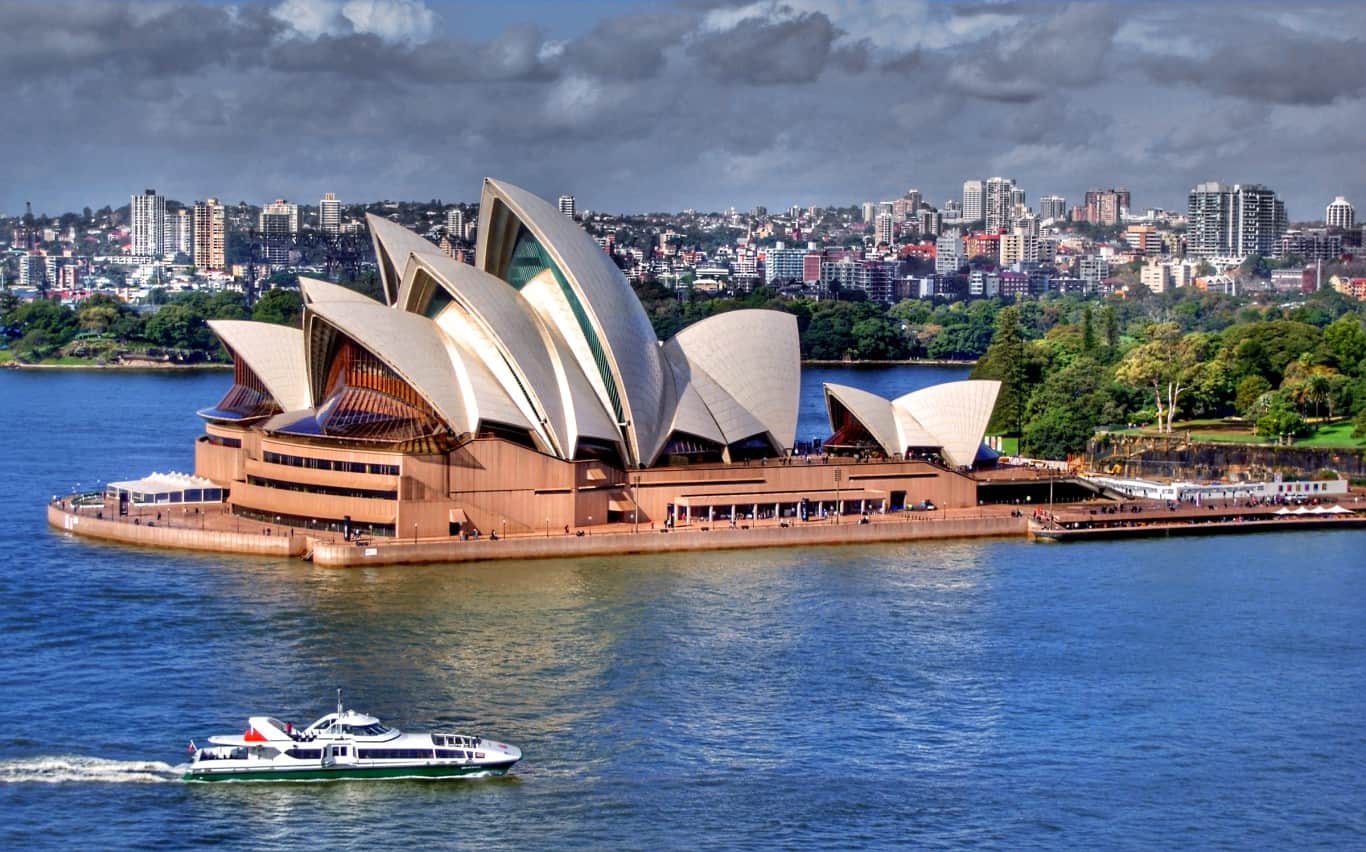
It may be an Australian national landmark and a UNESCO World Heritage Site, but the Sydney Opera House has gone through the ringer since opening in 1973. Designed by architect Jørn Utzon and completed by an Australian architectural crew led by Peter Hall, the Opera House looked marvelous, even cosmic, upon opening. It took musicians playing in the building to notice problems—namely, that they couldn’t hear themselves play due to acoustic imperfections.
What started as a construction project with a four-year timeline and an AU$ $7 million budget ultimately took 14 years and $102 million to complete. A shifting web of design goals, organizational priorities, and project requirement estimates led to a nightmare of building construction. It may stand proud today, but no famous building endured construction headaches like the Sydney Opera House.
The Fenchurch Building

Suffice it to say that the designers of the Vdara Hotel & Spa faced similar problems with their design for the Fenchurch Building in downtown London. As with the Vdara, the designers implemented a similar concave, reflective window spread on Fenchurch. Even before the building was finished, the crew noticed that for two hours per day, light bounced off the windows and focused on the streets to the south, reaching nearly 200 degrees Fahrenheit in some spots.
One opportunistic reporter even managed to fry an egg on the sidewalk below the walkie-talkie-shaped building. This led to media outlets calling it the ‘fryscraper.’ In response, a permanent awning was placed on the Fenchurch building to avoid another death ray situation. Though the building’s architect, Rafael Viñoly, admitted to problems with the building, he ultimately blamed global warming for the damaging sunspots.
Shanghai Apartment Collapse

Sometimes, construction is so bad that an entire apartment complex collapses. Take Block 7 at the Lotus Riverside Apartments in Shanghai, China. On June 27, 2009, one of the eleven apartment buildings in the complex toppled over, resulting in the death of a man. Subsequent investigations of the disaster suggested the underground garage beneath the ill-fated apartment tower was at fault.
Apparently, dirt was removed from beneath the building and placed next to a nearby creek. This caused the river banks to collapse. Water seeped into the ground beneath the tower, damaging its foundation enough that the whole building came down. It was a costly mistake; the family of the man killed received $113,000 in compensation. Furthermore, regulators were fined $68,000, and two major shareholders of the apartment company received life sentences in prison and fines totalling nearly $1 million.
Champlain Towers

One of the most costly construction disasters in recent history occurred in Surfside, Florida. A little after midnight on June 24, 2021, a 12-story condominium called Champlain Towers South partially collapsed, killing 98 people and injuring dozens more. The rest of the building was demolished ten days later, but trouble had just begun.
Investigations concluded that water penetration and corrosion of the reinforced concrete structural support had weakened the building enough for collapse. To make matters worse, the problems were recognized years before the disaster. A little less than a year after the building’s collapse, a judge approved a massive $1.02 billion settlement for victims and their families.
The post The Most Costly Construction Mistakes in History appeared first on 24/7 Wall St..
















































